In a way, Venus Fly Traps are smarter than humans. When some humans hunt for food they lay out a trap, go retrieve the dead animal, cook it, and consume it. A lot of energy goes into their meal. The Venus Fly Trap on the other hand, just modifies part of itself into the trap. In addition, it decides whether or not the prey is too small to trap, which allows it to save additional energy.
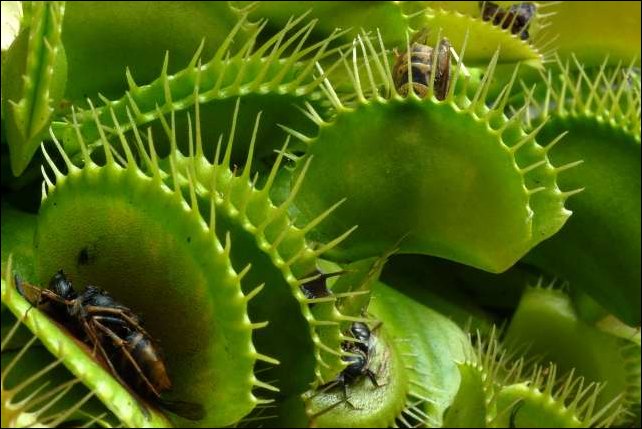
The Venus Fly Trap is a plant of many names, few of which are “Fly Trap Sensitive”, “Tipitiwitchet”, and “Miraculum naturae.”
The credit of its discovery is given to Governor Arthur Dobbs of North Carolina. He was the first person to describe this plant. He wrote a letter to Mr. J. Ellis explaining its unique capability to eat insects and other small organisms.This new feature was first introduced to botanists through Dobbs letter. In fact, Carl Linnaeus even rejected this absurd finding upon the study of a dead Venus Fly Trap. However, after further examination of a live specimen, Ellis convinced Linnaeus of Dobbs hypothesis.Now Ellis was left with the difficult task on naming the species because as far as he knew, it was one of a kind. Based on the beauty of the Venus Fly Trap, he named the plant Dionaea.According to Greek mythology, Dione is the mother of Aphrodite, the goddess of love. In addition, Roman mythology viewed Venus as the goddess of love,(shown in the sculpture to the left).
Like other plants, Venus’ Flytraps gather nutrients from gases in the air and nutrients in the soil. However, they live in poor soil and are healthier if they get nutrients from insects. Carnivorous plants live all over the world but Venus’ Flytraps live only in select boggy areas in North and South Carolina. Because of people’s fascination with these plants, they collected many of them and they became endangered. Venus’ Flytraps today are grown in greenhouses.
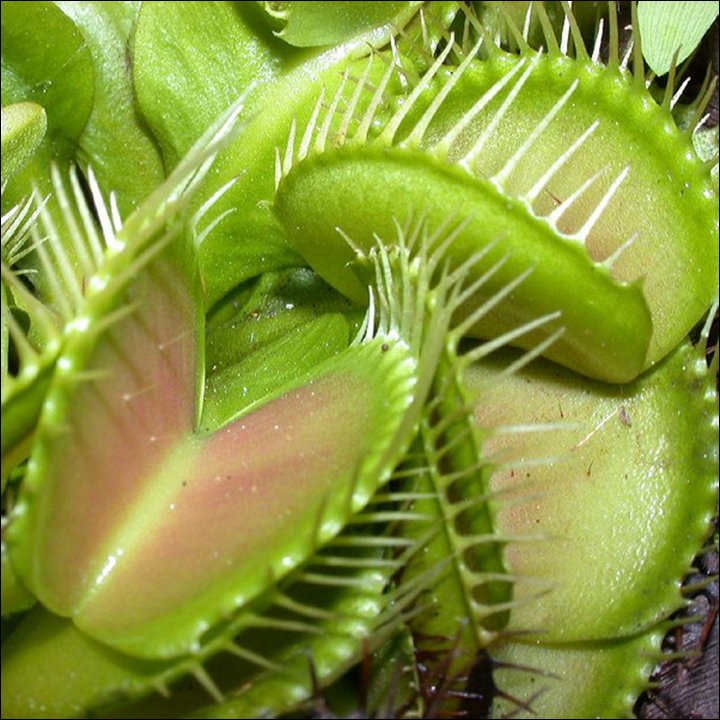
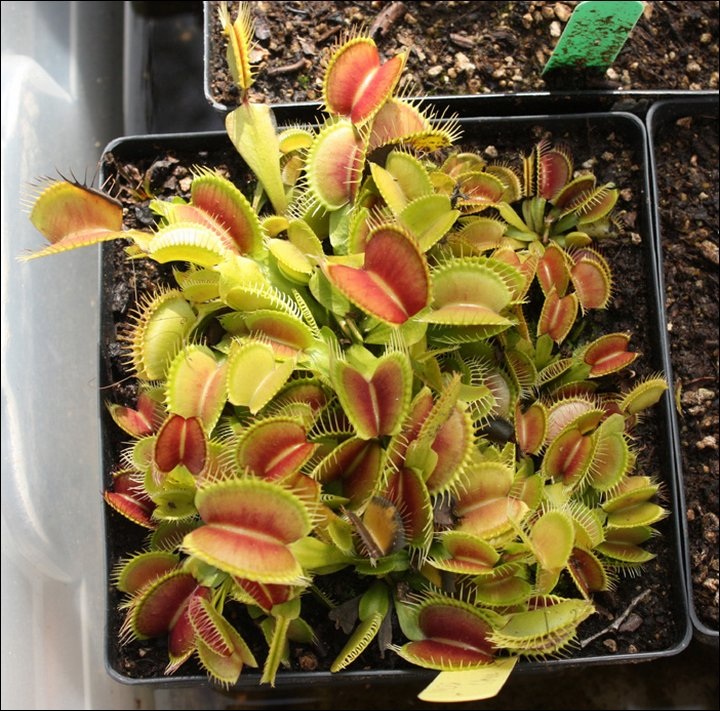

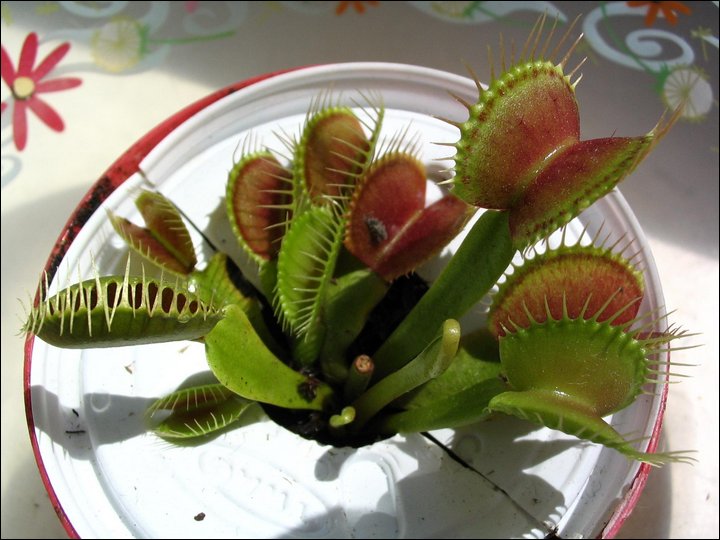
Since the Dionaea muscipula is immotile, it must develop a way to attract its lunch. One such aspect is the red coloration that intensifies from the sun. The more rays they catch, the more appealing they are to insects. Another attractive quality is found in the glands of the trap. The adaxial surface of of each trap consists of two kinds of glands.
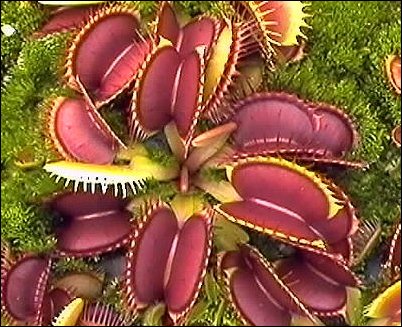
The first type is the alluring gland (shown directly below). These glands are colorless and are imbedded within the epidermis. Located on the outer margins of the trap, these glands produce a sugar with an appealing odor. These glands are 1/4 of a inch from the trigger hairs. This distance is important for the conservation of energy. While an insect is consuming sugar, it activates the trigger hairs if they are longer than 1/4 of a inch in length. The trap knows that it is large enough to receive sufficient nutrients, so the trap closes. Any insect smaller than 1/4 of a inch will not activate the plant to close. By having this feature, the plant will not expend energy on a wasteful prey.
The second type is the digestive gland. These glands give the plant the red coloration because anthocyanin is present in their cells. Anthocyanin is a water soluble pigment located in cell fluid. These cells are much larger and stand out prominently. (The photo directly below shows these digestive glands).
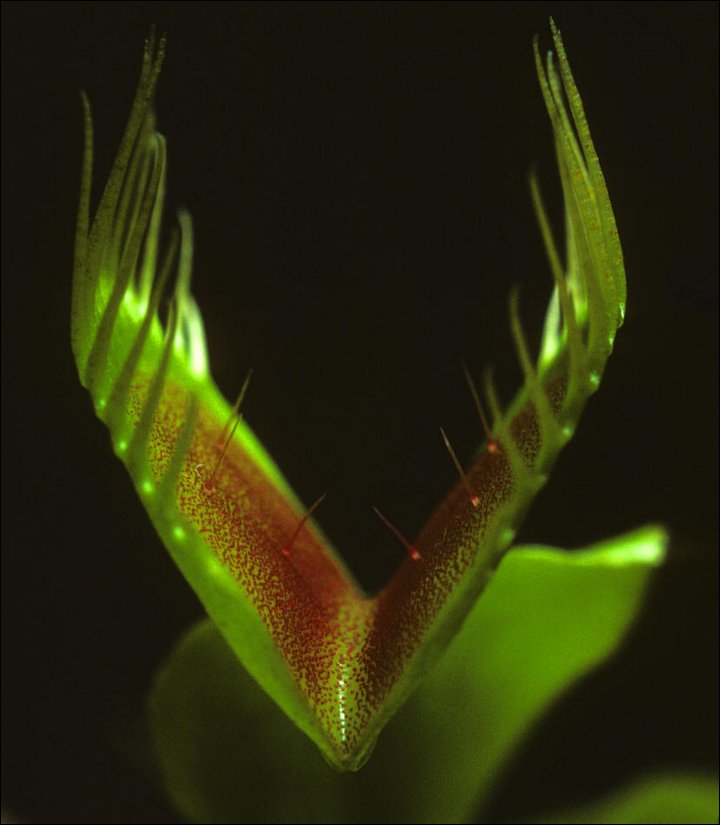
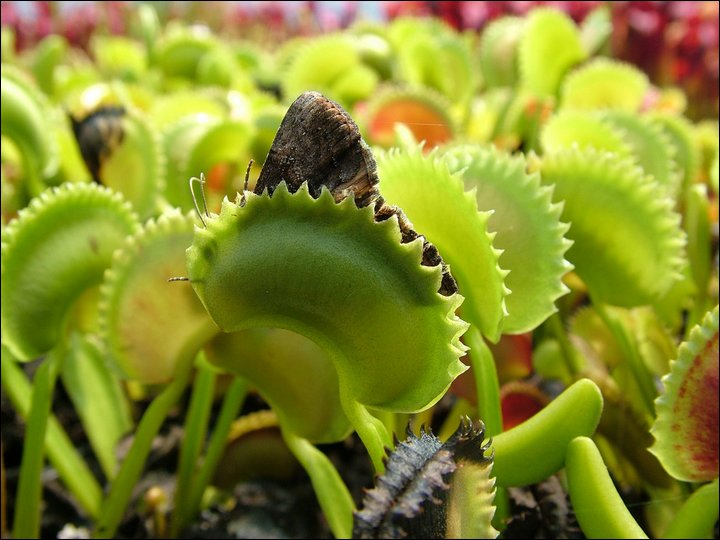
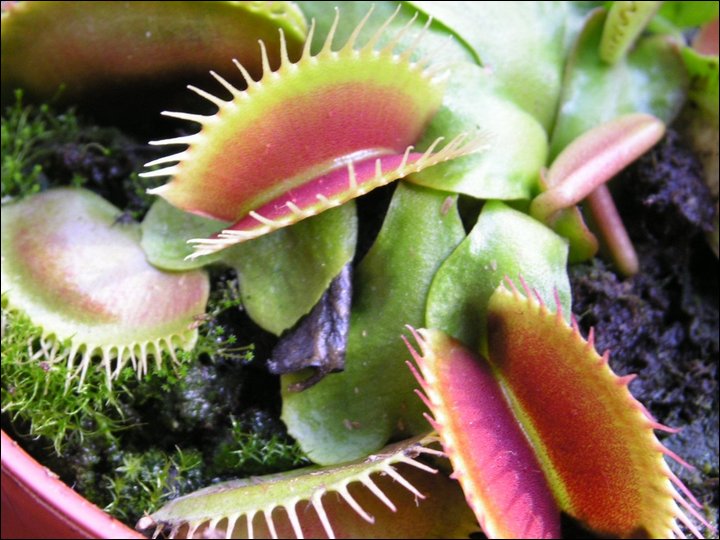
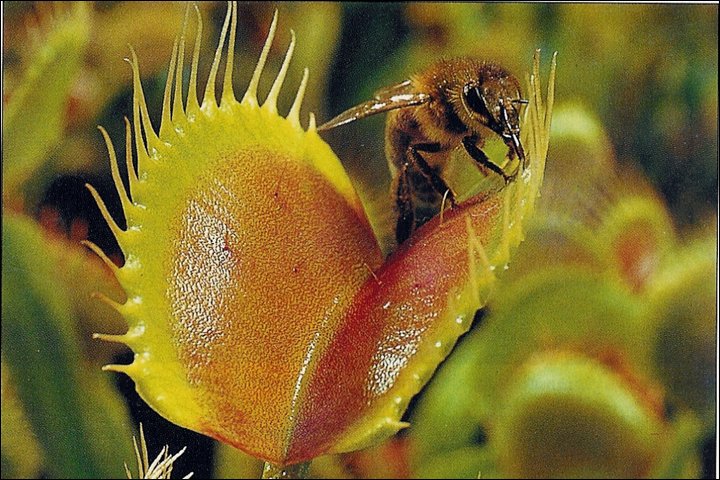

The leaves of Venus’ Flytrap open wide and on them are short, stiff hairs called trigger or sensitive hairs. When anything touches these hairs enough to bend them, the two lobes of the leaves snap shut trapping whatever is inside. The trap will shut in less than a second. The trap doesn’t close all of the way at first. It is thought that it stays open for a few seconds in order to allow very small insects to escape because they wouldn’t provide enough food. If the object isn’t food, e.g., a stone, or a nut, the trap will reopen in about twelve hours and ‘spit’ it out.
When the trap closes over food, the cilia. finger-like projections, keep larger insects inside. Fold your hands together lacing your fingers to see what the trap looks like. In a few minutes the trap will shut tightly and form an air-tight seal in order to keep the digestive fluids inside and bacteria out.
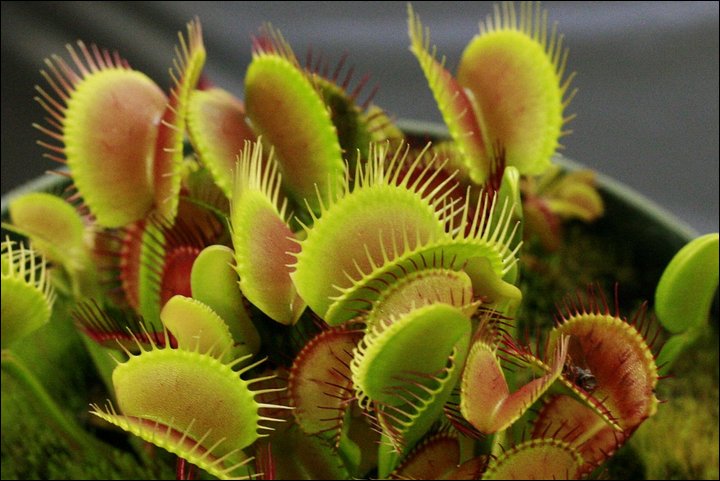
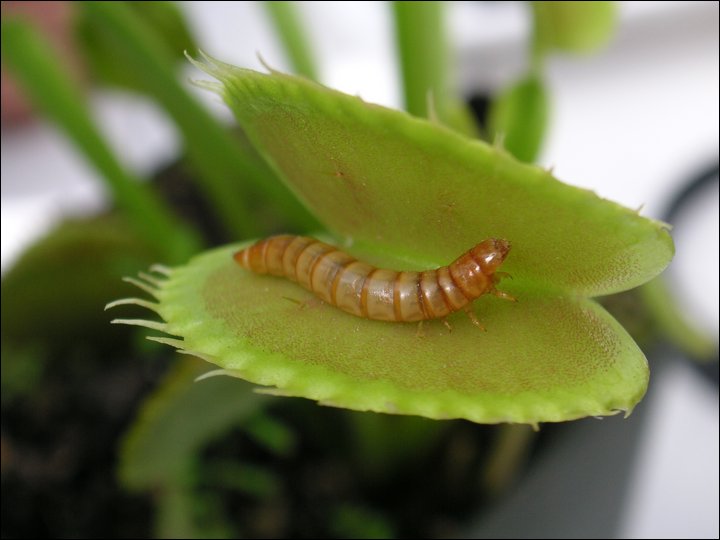
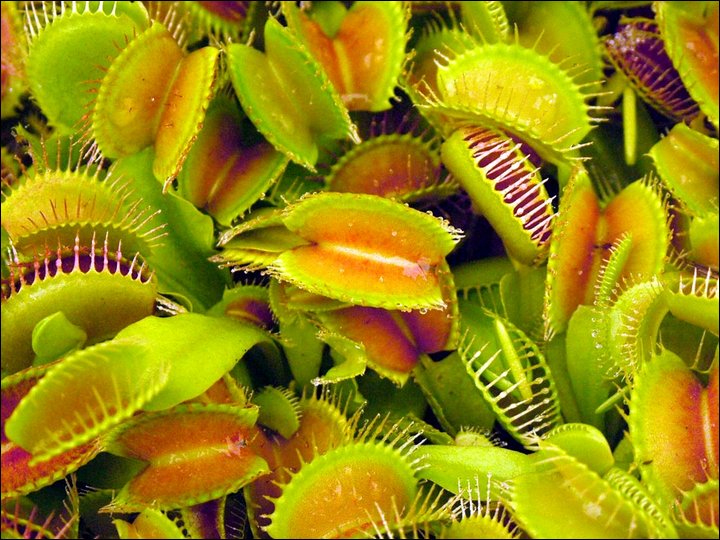
If an insect is too large it will stick out of the trap. This allows bacteria and molds on the insect to thrive. Eventually the trap turns black, rots and falls off.The trap constricts tightly around the insect and secretes digestive juices, much like those in your stomach. It dissolves the soft, inner parts of the insect, but not the tough, outer part called the exoskeleton. At the end of the digestive process, which takes from five to twelve days, the trap reabsorbs the digestive fluid and then reopens. The leftover parts of the insect, the exoskeleton, blow away in the wind or are washed away by rain. The time it takes for the trap to reopen depends on the size of the insect, temperature, the age of the trap, and the number of times it has gone through this process.
If you feed a Venus Flytrap something that doesn’t move, e.g., a dead insect, it will not close tightly over it. You need to squeeze the trap and move the food around so it imitates the action of a live insect.
The lobe manufactures digestive juices and an antiseptic juice. This keeps the insect from decaying over the few days it is in the trap and purifies prey that it captures.
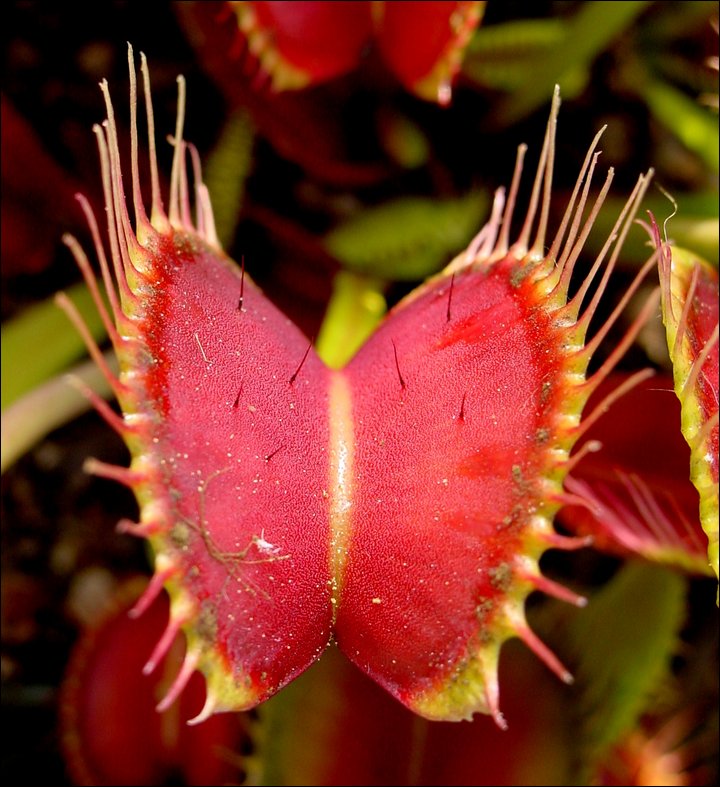
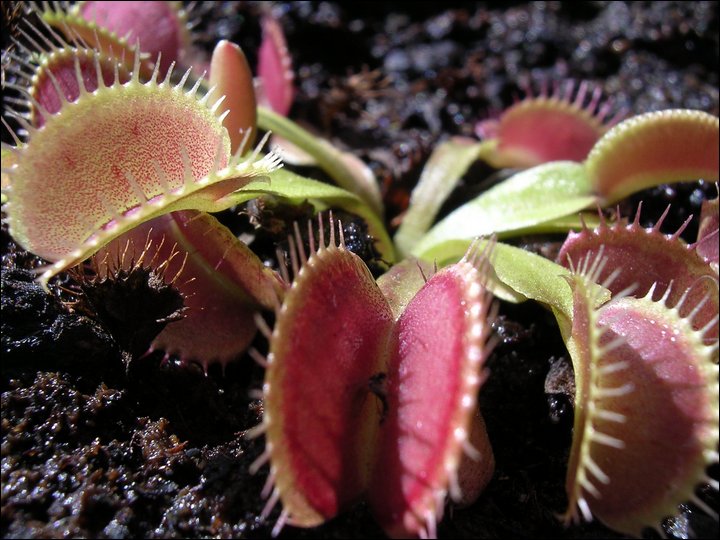
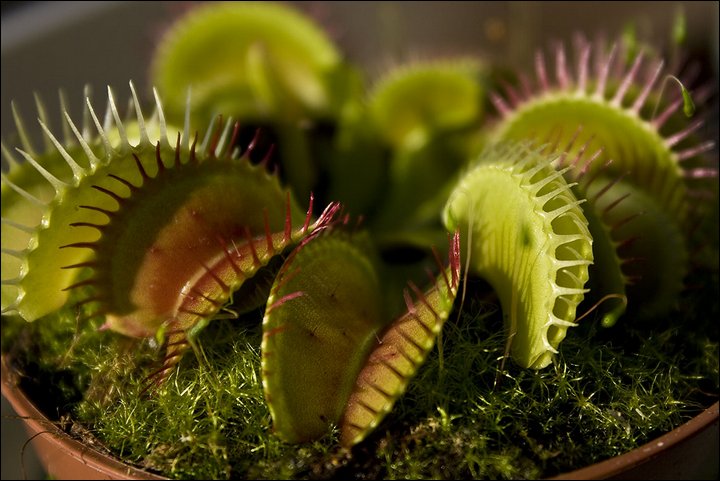




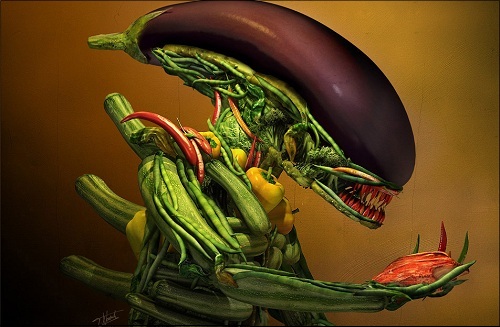


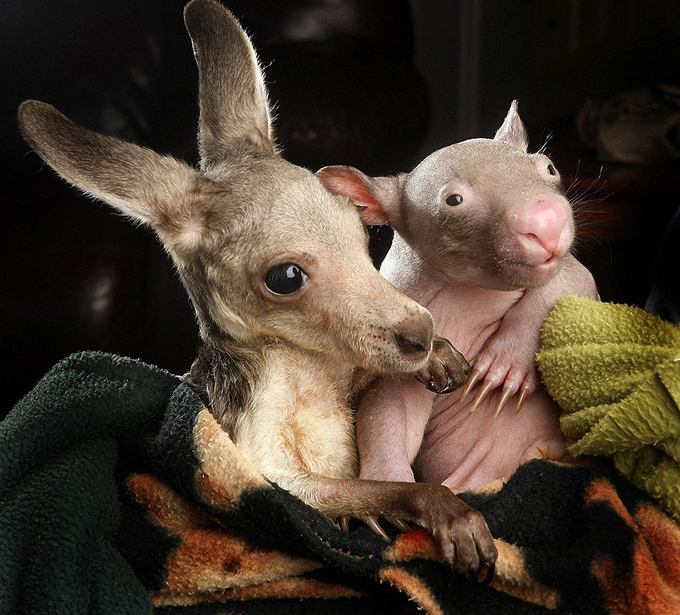


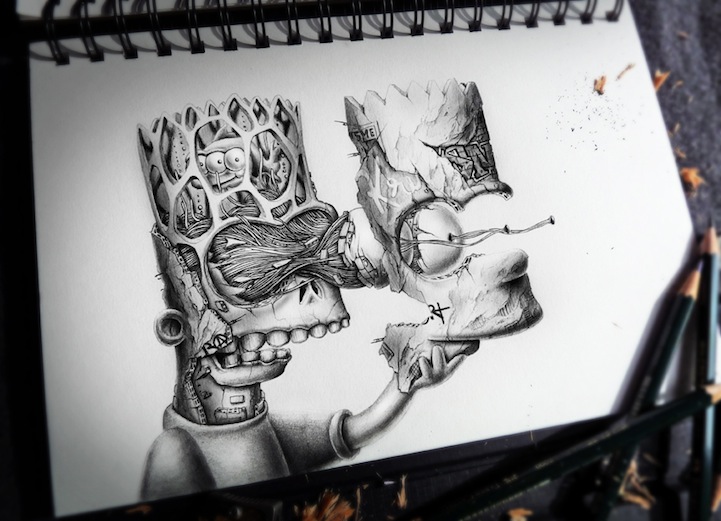


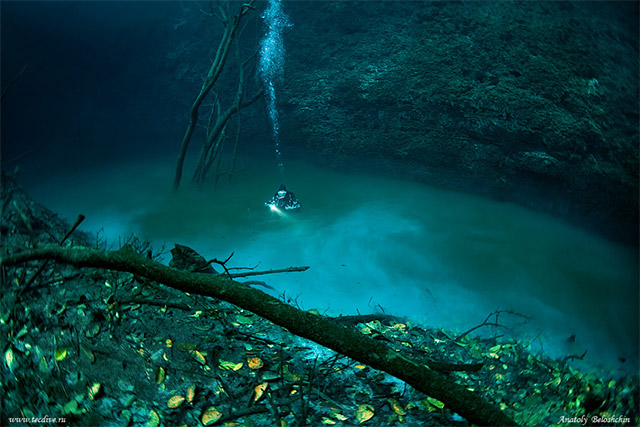
Pingback: plant fun